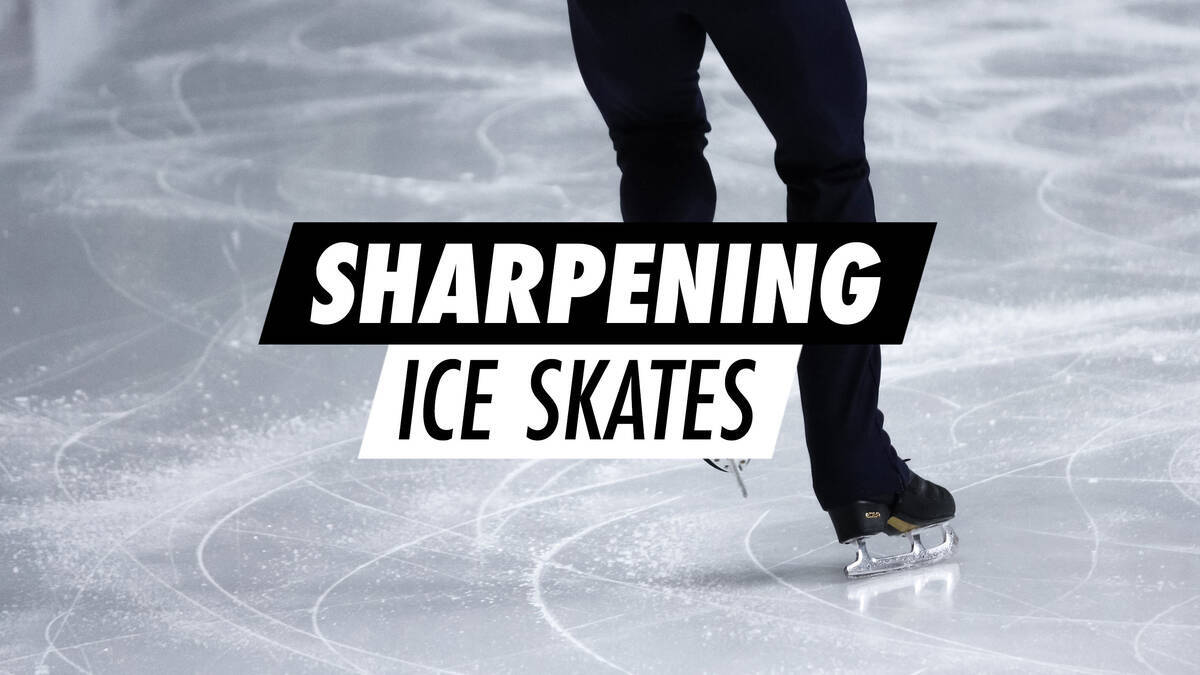Fundamentals of Ice Skate Sharpening

No matter if you're a hockey enthusiast, a figure skater, or someone who loves recreational skating, the sharpness of your ice skates is crucial for optimal performance. This guide provides an overview of basic ice skate sharpening techniques.
Overview
Frequency of Ice Skate Sharpening
Various factors determine how often you should have your ice skates sharpened. Consider these elements that affect the necessary frequency of sharpening:
- Ice quality: Softer surfaces wear down the blades more quickly
- Skater weight: Heavier individuals might require frequent sharpening
- Technique: Intensive manoeuvres cause faster blade wear
- Blade material of ice skates: Certain materials maintain edges longer
For those statistically inclined, documenting your skating sessions and sharpening intervals will help establish your ideal sharpening schedule.
Timing for Sharpening Ice Skates
Several scenarios necessitate the sharpening of your ice skates, and here are the primary reasons:
Brand New Ice Skates
Freshly manufactured skates often lack adequate sharpening from the factory, and this initial attempt at sharpening cannot match the precision of a professional service. Hence, we strongly advise having a professional sharpen your new skates. At SkatePro, this is available as a supplementary service alongside your ice skate purchase.
Blunt Blades
Blades naturally become dull over time as you skate. The speed of this deterioration depends on your skating habits and how well you care for your skates. Dull blades can greatly affect your skating dynamics, especially in terms of balance and efficiency.
Routine Blade Maintenance
Portable skate sharpeners are great for maintaining sharpness between professional treatments. Though ideal for general upkeep, these tools should not substitute for professional sharpening. Such devices are particularly useful if local access to professional sharpeners is limited.
Essential Concepts of Ice Skate Blades
Ice skate blades are intricate, with specific glide characteristics built into their design.
Understanding these 4 elementary principles is vital to appreciating the importance of ice skate blade sharpening:
- Rocker: The curvature along the length of the blade
- Radius: The measurement of this curvature (typically spanning 7'-13' for hockey skates)
- Hollow: The concave indentation that runs along the blade's underside
- Edge: The intersections where the hollow meets the blade sides, acting as the main contact with the ice
Distinguishing Figure Skate Blades from Hockey Skate Blades
Ice skate blades fall into two categories: hockey or figure blades, each identifiable by their distinctive length, rocker, and presence or absence of a toe pick.
- Figure skate blades: Feature flat design with toe picks
- Hockey skate blades: Possess a more pronounced curve with no toe pick
For seasoned hockey and figure skaters, minor variations in blade structure, like edge profile and the hollow’s radius, are critical. At SkatePro, only standard sharpening services are available.
Materials Used for Blades
The majority of modern ice skate blades are crafted from high-carbon steel or stainless steel, and some top-end selections offer:
- Nickel-plated steel for improved resistance to corrosion
- Titanium-coated blades offering superior durability
- Ceramic-infused steel for enhanced edge retention
